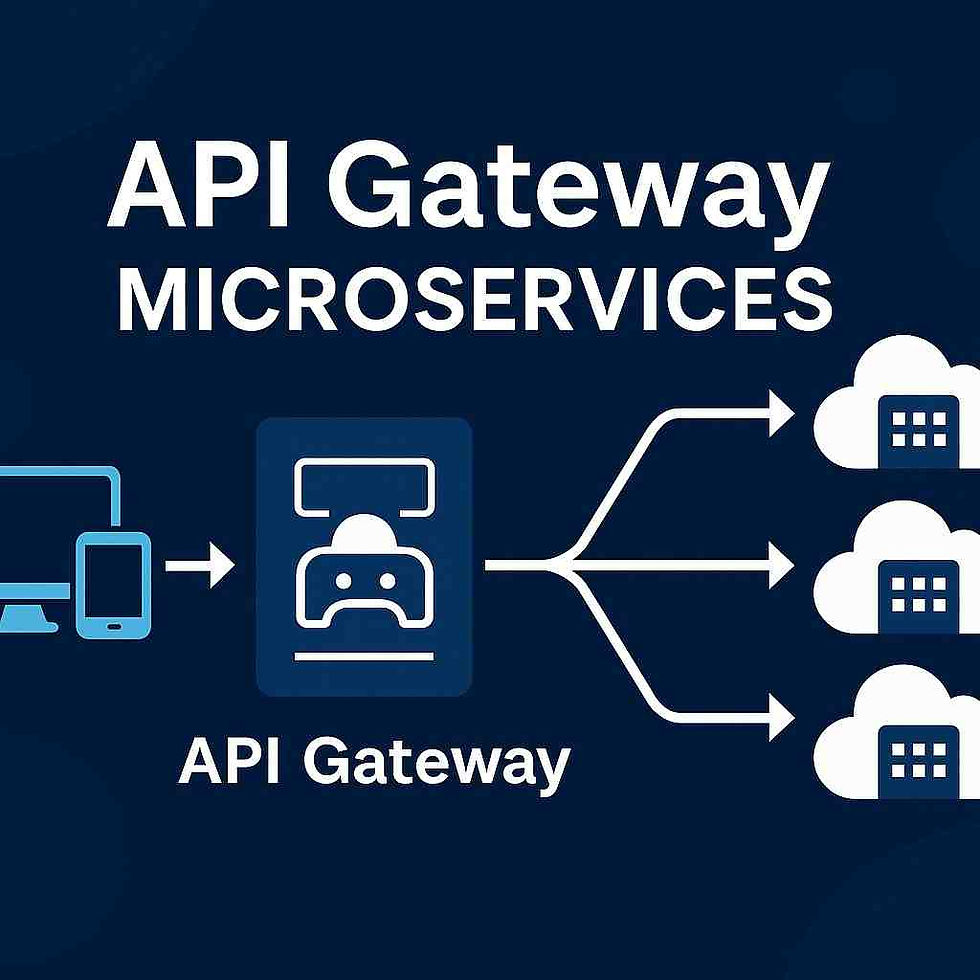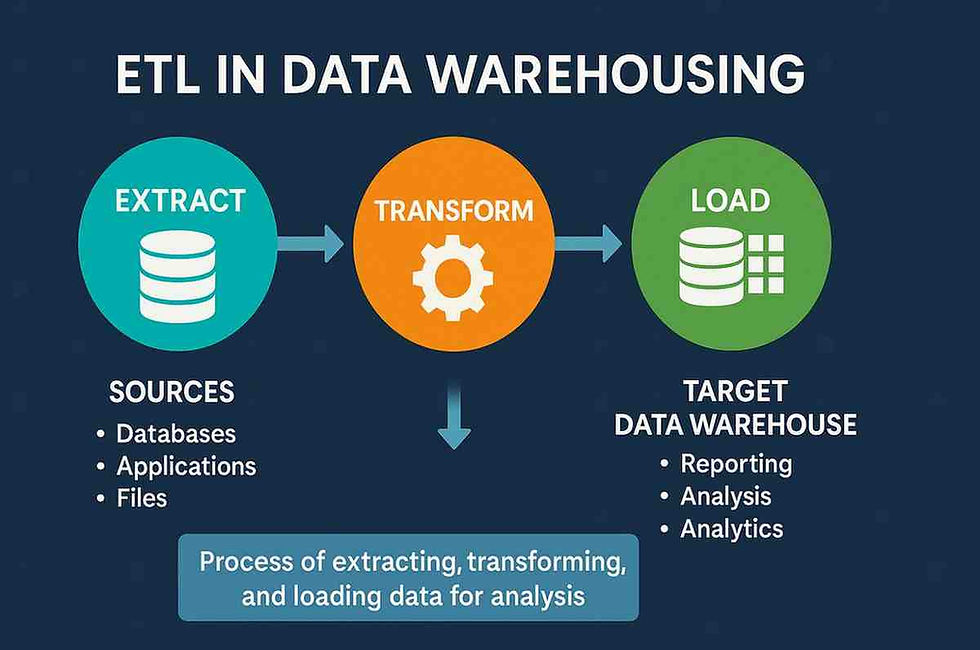Equivalence Class Partitioning: Guide to Efficient Testing
- Gunashree RS
- May 17
- 6 min read
What is Equivalence Class Partitioning?
Equivalence Class Partitioning (ECP) represents one of the most powerful black-box testing techniques in a software tester's toolkit. This strategic approach divides the vast ocean of possible input data into manageable "equivalence classes" or partitions, operating on a fundamental principle: inputs within the same class should trigger identical behavior from the system under test.
Instead of exhaustively testing every possible input value, which would be impractical and time-consuming, ECP allows testers to select representative values from each identified class. This methodology significantly reduces testing effort while maintaining comprehensive coverage, making it an essential technique for efficient testing.
Consider equivalence partitioning as a sorting system that organizes similar test scenarios into distinct groups. The underlying assumption is logical yet powerful: if one value from an equivalence class passes testing, all other values in that same class will likely pass as well. Similarly, if one fails, the others probably will too.

The Core Principles of Equivalence Partitioning
Equivalence class partitioning follows several fundamental principles that guide its implementation:
Partition Completeness: Every possible input value must belong to at least one equivalence class, ensuring no potential inputs are overlooked.
Mutual Exclusivity: Ideally, equivalence classes should not overlap—each input should belong to exactly one class.
Finite Partitioning: The input domain must be divided into a finite number of equivalence classes.
Representative Testing: Testing a single representative value from each class should provide information about how the system handles all other values in that class.
Classification by Behavior: Inputs are grouped based on expected system behavior rather than their intrinsic characteristics.
These principles form the foundation for creating effective equivalence classes that truly represent distinct behaviors in the system.
Types of Equivalence Classes
When implementing equivalence class partitioning, testers typically identify two primary types of classes:
Valid Equivalence Classes
These include all input values that the system should accept and process correctly. Valid classes represent "happy path" scenarios where the system functions as intended. For example, if a field accepts numbers between 1 and 100, the range [1-100] forms a valid equivalence class.
Invalid Equivalence Classes
These encompass input values that the system should reject or handle as exceptions. Invalid classes help test the system's error-handling capabilities and robustness. Continuing our example, inputs less than 1 and greater than 100 would form two separate invalid equivalence classes.
Some testing methodologies further subdivide these categories, but the valid/invalid distinction forms the core classification in most testing scenarios.
How to Implement Equivalence Class Partitioning: Step-by-Step Guide
Implementing equivalence class partitioning follows a structured approach:
Analyze Requirements: Thoroughly review the software requirements to understand expected behaviors and input constraints.
Identify Input Parameters: List all input parameters that the system accepts.
Determine Input Domains: For each parameter, define the complete range of possible values.
Create Equivalence Classes: Divide each input domain into valid and invalid classes based on how the system should process different inputs.
Select Test Values: Choose representative values from each equivalence class.
Design Test Cases: Create test cases using the selected representative values.
Execute and Evaluate: Run the tests and analyze results to identify any discrepancies.
Let's illustrate this process with an example.
Practical Example: User Registration Form
Consider a user registration form with an age field that must meet these requirements:
Valid ages range from 18 to 60 years
The field must contain numerical values only
Following our step-by-step process:
Analyze Requirements: The age field has clear constraints (18-60, numeric only).
Identify Input Parameters: The age field is our input parameter.
Determine Input Domain: All possible inputs could be any character string entered into the field.
Create Equivalence Classes:
Valid class: Ages 18-60 (integers)
Invalid classes:
Ages below 18 (integers)
Ages above 60 (integers)
Non-numeric inputs (strings, special characters)
Select Test Values:
Valid class: 35 (a representative age between 18-60)
Invalid classes:
17 (below minimum)
61 (above maximum)
"abc" (non-numeric)
Design Test Cases:
Test Case ID | Input Value | Expected Outcome | Equivalence Class |
TC1 | 35 | Accept | Valid age |
TC2 | 17 | Reject | Below minimum |
TC3 | 61 | Reject | Above maximum |
TC4 | "abc" | Reject | Non-numeric |
With just four test cases, we've effectively covered the entire input domain for the age field.
Benefits of Equivalence Class Partitioning
Equivalence partitioning offers numerous advantages that make it a staple in modern testing practices:
Efficiency: Drastically reduces the number of test cases needed for thorough testing
Comprehensive Coverage: Ensures all types of inputs are tested without exhaustive testing
Early Defect Detection: Helps identify issues earlier in the testing cycle
Structured Approach: Provides a methodical framework for test case design
Resource Optimization: Saves time and resources while maintaining quality
Scalability: Works for both simple and complex applications
These benefits explain why equivalence partitioning remains a fundamental technique in the software testing industry despite the emergence of newer methodologies.
Common Applications of Equivalence Class Partitioning
Equivalence class partitioning proves particularly valuable in the following scenarios:
Form Validation: Testing input fields with specific constraints
Date Range Processing: Validating date-related functionality
Numerical Calculation Systems: Testing mathematical operations with range constraints
Configuration Settings: Verifying system behavior with different configuration values
User Permission Systems: Testing functionality across different user roles
Payment Processing: Validating monetary transactions within specific ranges
Search Functionality: Testing search features with various input criteria
In these scenarios, the input domains typically have clear boundaries that make equivalence partitioning straightforward to implement.
Limitations and Considerations
While powerful, equivalence class partitioning has certain limitations to keep in mind:
Hidden Dependencies: May miss bugs caused by specific combinations of values
Assumption Risks: Relies on the assumption that all values in a class behave identically
Edge Cases: Might not adequately address boundary conditions (best complemented with Boundary Value Analysis)
Complex Logic: Less effective for complex conditional logic with numerous dependencies
Expertise Required: Demands good domain knowledge to create meaningful partitions
To address these limitations, testers often combine equivalence partitioning with complementary techniques like boundary value analysis and decision table testing.
Conclusion
Equivalence Class Partitioning represents a cornerstone technique in the software testing domain, offering a systematic approach to test case design that balances efficiency with thoroughness. By intelligently reducing the vast input space into manageable, representative classes, testers can achieve comprehensive coverage while minimizing the testing effort.
As software systems grow increasingly complex, techniques like equivalence partitioning become even more valuable for maintaining quality while meeting tight development timelines. Whether you're testing a simple form validation or a complex enterprise application, understanding and applying equivalence partitioning principles can significantly enhance your testing effectiveness.
Key Takeaways
Equivalence class partitioning divides input data into groups with similar expected behavior.
The technique significantly reduces the number of test cases while maintaining thorough coverage.
Valid equivalence classes test correct system behavior, while invalid classes verify error handling.
Implementation requires careful analysis of requirements and input domains
Complementary techniques like boundary value analysis can address the limitations of ECP
The approach works best for systems with clear input ranges and constraints
Effective partitioning requires good domain knowledge and understanding of system behavior
ECP remains relevant despite newer testing methodologies due to its efficiency and effectiveness
Frequently Asked Questions
What is the main purpose of equivalence class partitioning in software testing?
Equivalence class partitioning aims to reduce the number of test cases while maintaining comprehensive coverage by testing one representative value from each input class instead of every possible input value.
How does equivalence class partitioning differ from boundary value analysis?
While equivalence class partitioning focuses on testing representative values from each input partition, boundary value analysis concentrates specifically on testing values at the boundaries or edges of these partitions, as these are often prone to errors.
Can equivalence class partitioning be applied to non-numerical inputs?
Absolutely! Equivalence class partitioning works for any input type, including text strings, dates, selections from dropdown menus, or file uploads. The key is identifying groups of inputs that should trigger the same system behavior.
How do I determine the right number of equivalence classes for an input parameter?
The right number depends on the parameter's requirements and constraints. Analyze how the system should behave with different inputs and create distinct classes wherever the expected behavior changes. Most parameters will have at least one valid class and one or more invalid classes.
What are some common pitfalls when implementing equivalence class partitioning?
Common pitfalls include creating overlapping classes, missing important classes, selecting unrepresentative test values, and assuming all values in a class will behave identically when they may not.
How does equivalence class partitioning improve testing efficiency?
By testing just one representative value from each class instead of every possible input, ECP dramatically reduces the number of test cases while still providing good coverage, saving considerable time and resources.
When should equivalence class partitioning be used in the testing lifecycle?
ECP is typically used during test design in both unit testing and system testing phases. It's particularly valuable during functional testing when validating individual components against their specifications.
Can equivalence class partitioning be automated?
While the test execution can certainly be automated, the process of identifying equivalence classes typically requires human analysis and domain knowledge. Some test design tools may assist in generating test cases once the classes are defined.
Article Sources
Software Testing: Principles, Techniques and Tools - M. G. Limaye
Foundations of Software Testing: ISTQB Certification - Dorothy Graham et al.
IEEE Standard for Software Test Documentation (IEEE Std 829-2008)
A Practitioner's Guide to Software Test Design - Lee Copeland
Software Testing: A Craftsman's Approach - Paul C. Jorgensen
ISTQB Foundation Level Syllabus - International Software Testing Qualifications Board




Link INDOVIP138
indovip138
indovip138
indovip138
indovip138
indovip138
indovip138
indovip138
indovip138
indovip138
indovip138
indovip138
indovip138
indovip138
indovip138
indovip138
indovip138
indovip138
indovip138
indovip138
indovip138
indovip138
indovip138
indovip138
indovip138
indovip138
indovip138
indovip138
indovip138
indovip138
indovip138
indovip138
indovip138
SteamUnlocked doesn’t just offer games—it delivers value. https://steamunlocked.me/
A smart user’s choice — free, useful, and full software at Bagas31.
Sigma4PC is where you find quality paid software for free.
O kmspico Ativador foi criado para facilitar a vida de quem precisa ativar o Windows ou Office. Com o kmspico Ativador, não é necessário procurar por serial ou crack. O kmspico Ativador faz tudo de forma automática e eficaz. Ao baixar o kmspico Ativador em nosso site, você recebe uma versão limpa e testada. Não há riscos de vírus ou malwares ao usar o kmspico Ativador fornecido aqui. O kmspico Ativador é ideal tanto para iniciantes quanto para usuários avançados. A ativação feita pelo kmspico Ativador é silenciosa e rápida. Em poucos segundos, o kmspico Ativador transforma seu sistema em uma versão licenciada. Com o kmspico Ativador, seu sistema passa a ser considerado original. A instalação do kmspico Ativador não requer configurações complicadas. Use o kmspico Ativador com segurança…